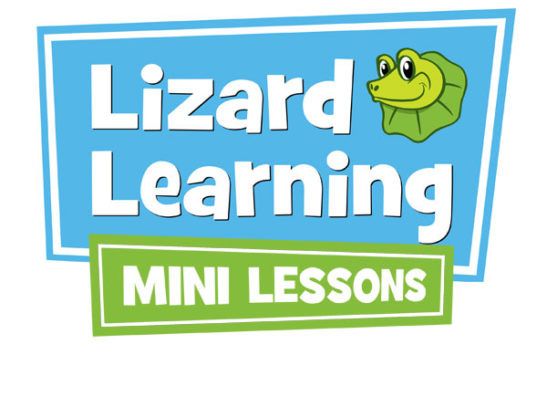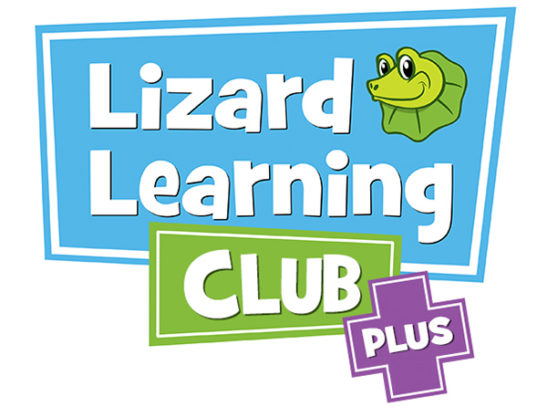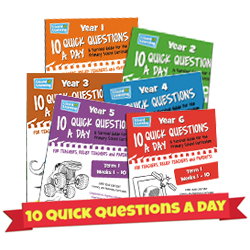BLOG
•
Understanding is the key to Naplan
Naplan is a test designed to gauge students’ understanding of school curriculum content. The key word here is understanding. Naplan is not a test that requires students to rigorously apply mathematical formula or identifying simple grammatical components. As such, studying for Naplan should not be a cramming of content; it should deeply ingrain the content in a way that students can apply it to non-routine questions.
What do we mean by non-routine questions? These are questions that do not adhere to well established formats. For example, here’s a “common” maths problem: This item costs 85 cents. How much change would Adam get from $1? An example of this flipped around might be: This item cost 85 cents. Adam has 50 cents. How much more money does Adam need? At its core, it’s still a simple subtraction. However, the way the latter is written requires much more thinking than the former. The use of the phrase “how much more” doesn’t immediately yell that this is a subtraction problem.
This doesn’t just apply to mathematical questions, though these are the most obvious. Here’s an example I found for Year 3 language skills.
Arachnids have eight legs, but insects have six. The word ‘but’ is used in this sentence to help to ~
– compare information.
– list information.
– give a reason.
– show the cause.
This question would show an understanding of why the word has been used, rather than identifying any language conventions.
Many of the questions within Naplan are presented in this non-routine format.
Questions requiring multiple steps or working back-to-front truly test a student’s understanding of content taught in the classroom. Having to complete gaps in sentences and workings shows more than just a knowledge of the end result. Having pictures and shapes replacing words and numbers pulls students away from what they have memorised and makes them think.
Instead of using common phrases such as minus or take-away, students may see what is the difference between or what is left after removing. Overall, the content in Naplan isn’t hard. It is the same content that is regularly being taught in classrooms leading up to the test.
The difference is in the way the questions are formed. This means that rote learning will not provide as much benefit as ingraining a deep-seated understanding of the concepts. To achieve this, teachers and parents need to practice different ways of asking the same question. Students need to be tested in their daily practice rather than just hammering through the same style of questions over and over.
And the best way to achieve this is to offer a variety of teaching forms covering the same topic. That’s where our 10 Quick Questions a Day program really shines, providing teachers and parents with another method of content delivery to assist with understanding.
If this style of consistent learning interests you so Naplan next year is smooth, we have a whole week free sample to show you what the questions and layout look like. DOWNLOAD HERE >








0 Comments